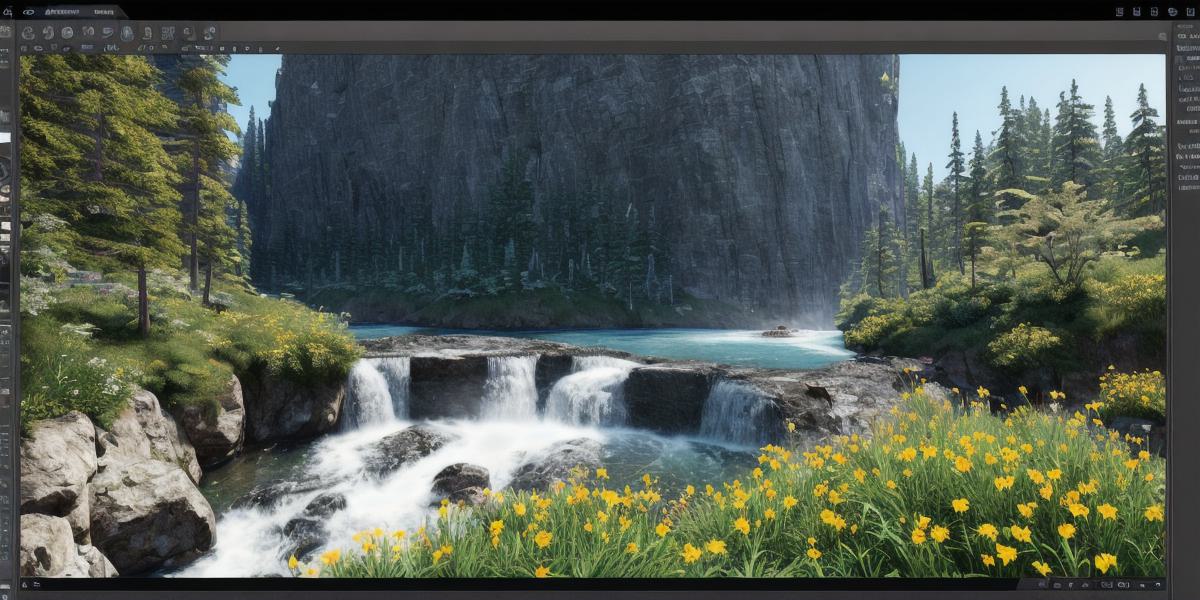Optimizing Unreal Engine: How to Reduce RAM Usage

As an Unreal Engine developer, you know how important it is to ensure your games run smoothly and don’t lag or crash. One of the biggest challenges you may face is optimizing RAM usage, which can significantly impact performance and user experience. In this article, we will explore some strategies to reduce RAM usage in Unreal Engine.
- Use a Lightweight Mesh: The first step in reducing RAM usage is to use a lightweight mesh for your characters and objects. This means removing any unnecessary details and using the simplest geometry possible. You can also use tools like Substance Painter to reduce texture size without compromising on visual quality.
- Reduce Draw Calls: Draw calls are the number of times your game has to retrieve data from memory and render it on screen. By reducing the number of draw calls, you can significantly improve performance. One way to do this is by using LOD (Level of Detail) techniques, which allow you to dynamically adjust the complexity of your models based on distance from the camera.
- Use Instancing: Instancing allows you to reuse the same mesh multiple times in a scene, reducing the number of draw calls and improving performance. This is especially useful for large scenes with many identical objects.
- Optimize Textures: Textures can consume a lot of memory, so optimizing them is crucial for reducing RAM usage. You can use tools like Photoshop or Substance Painter to compress textures without losing quality. You can also use texture atlases to combine multiple textures into one larger image.
- Use Dynamic Lighting: Dynamic lighting allows you to simulate natural light sources in your scene, which can significantly improve visual quality. However, it can also consume a lot of memory. By using techniques like baked lighting or static lighting, you can reduce the amount of memory required for dynamic lighting.
- Reduce Shadow Mapping Resolution: Shadow mapping is a technique used to create realistic shadows in your scene. However, the higher the resolution of the shadow map, the more memory it requires. By reducing the shadow map resolution, you can significantly improve performance without sacrificing visual quality.
- Use Compression Techniques: Compression techniques like RANSAC or BSP can be used to reduce the size of your models and textures without losing quality. This can help reduce RAM usage and improve performance.
- Use Cloud Computing: If you’re working on a large project with complex graphics, cloud computing can be an effective solution for reducing RAM usage. By using cloud-based rendering services like Amazon Web Services or Google Cloud Platform, you can offload some of the processing power required to run your game and reduce memory usage on your local machine.
In conclusion, optimizing RAM usage in Unreal Engine is crucial for achieving smooth and seamless performance. By implementing these strategies, you can significantly reduce memory usage without compromising on visual quality or user experience. Whether you’re a beginner or an experienced developer, by following these tips, you can create games that run smoothly and provide an immersive experience to your players.








